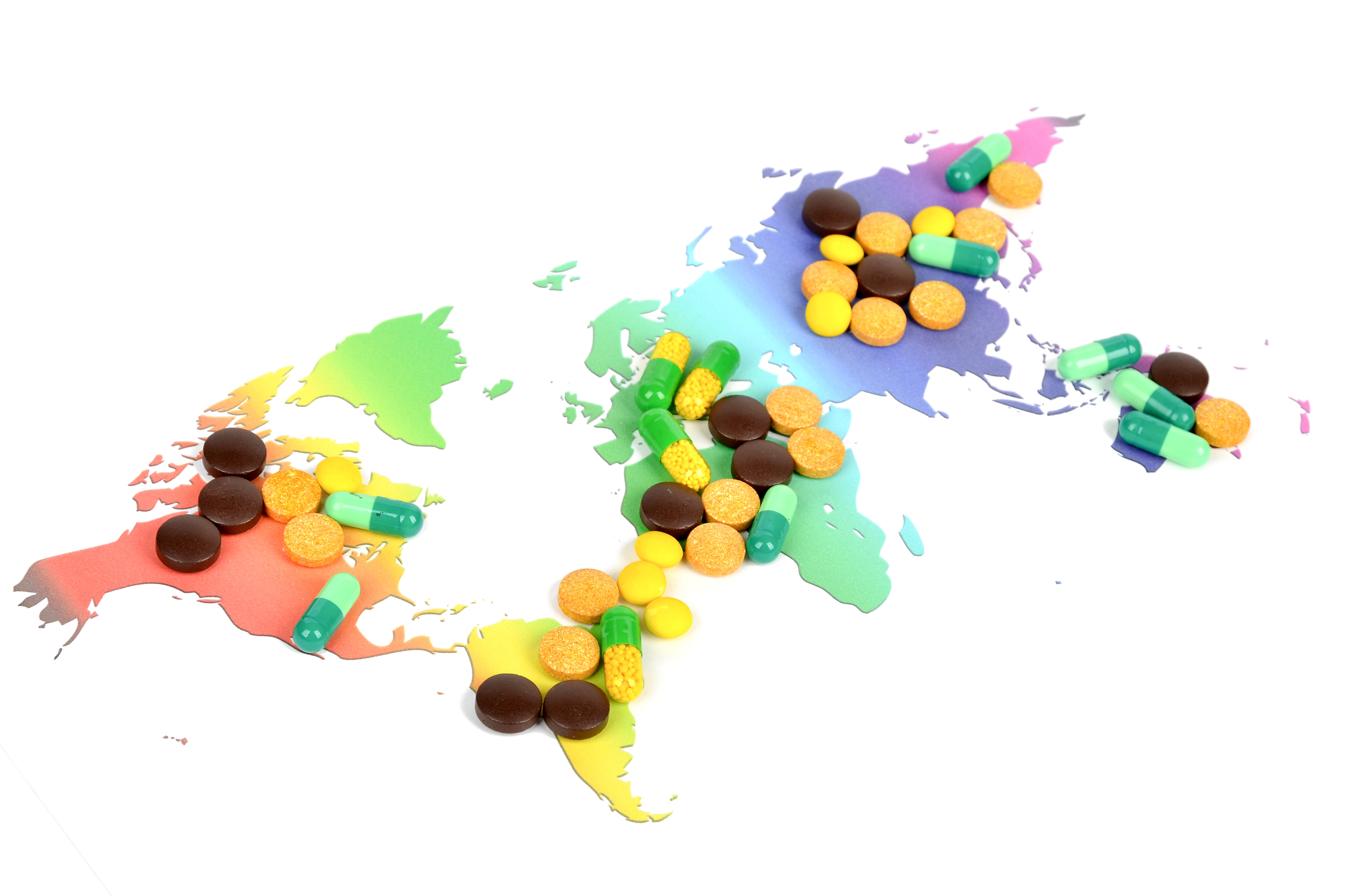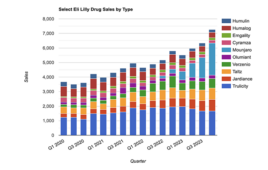
After Australia cut drug copays for indigenous people, hospital use declined.
A new study finds that in regions where indigenous Australians most readily accepted a government incentive to lower drug copayments, hospitalizations to treat the population’s chronic conditions declined by 40 percent in just two years.
The study doesn’t definitively prove that the lower copays caused the reduced hospitalizations, but the government’s goal with the program was to chip away at the enormous health disparities affecting indigenous people, and the data suggests that’s what happened, said lead author Dr. Amal Trivedi, a professor in the Brown University School of Public Health. There are several lines of evidence in the study, published in the Journal of General Internal Medicine, that suggest the reduction in copays may deserve at least some credit.
Disparities for indigenous people remain evident by many measures, including in hospitalizations related to chronic conditions. But the study’s findings are positive, Trivedi said, and could bolster the evidence base for disparity-fighting policies not only in Australia but elsewhere. The United States, for example, provides specific subsidies to reduce copayments for Native Americans who receive coverage under the Affordable Care Act.
“I think it’s encouraging news for public health in Australia that there were reductions for this high-risk population in the areas that had higher uptake of the incentive,” Trivedi said. “By whatever mechanism this occurred, it’s good news that there were fewer hospitalizations for chronic conditions.”
A Positive Outcome
The “Closing the Gap Pharmaceutical Benefit Scheme” (PBS) was part of a suite of programs meant to improve upon the the stark 13-year average difference in lifespan between indigenous and non-indigenous people in Australia. With $1.6 billion, the government between 2008 and 2012 launched several measures, including PBS, to improve care for chronic conditions such as diabetes, congestive heart failure, asthma or chronic obstructive pulmonary disorder.
Under the PBS, implemented in July 2010, indigenous people determined by a doctor to have, or to be at risk for, chronic conditions could have drug copays lowered to $5.40 from $33.30 per prescription. Those who were receiving subsidized copays of $5.40 before the program could now get medicines with no copay at all. The copay reductions applied to all drugs, not just ones for chronic conditions.
To determine what impact the program might have had, Trivedi and four Australian collaborators analyzed data on regional participation in the program and hospitalizations by condition for indigenous and non-indigenous Australians both before and after the PBS. The data came from a larger study done by members of the study team and others.
Overall the team found that among indigenous people years 15 and older, the rate of hospitalizations for chronic conditions dropped to 61.2 per 1,000 in 2011 from 82.3 per 1,000 in 2009. Virtually all of the benefit, however, accrued in the regions with higher than average uptake of the PBS benefit. There, the hospitalization reduction was to 60 per 1,000 from 103.4 per 1,000, or about 40 percent.
Meanwhile, the team found that the precipitous drop in hospitalizations was mostly specific to indigenous people and to chronic conditions. Among non-indigenous people with chronic conditions, for example, the drop over the same timeframe was only 12.9 percent. And among indigenous people in the high-uptake regions, hospitalizations for acute conditions dropped 13.5 percent between 2009 and 2011.
Trivedi said the magnitude of the hospitalization decline surprised him but prior studies on the effects of lowering copays have shown they help some people acquire and adhere to medications and reduce hospitalizations.
Other studies have found that hospitalization for chronic conditions can cost less than subsidizing drug treatment. And there are many studies that have found other benefits to reducing hospital trips. Hospitalization is disruptive for patients and exposes them to potential problems such as hospital acquired infection.
Trivedi hopes to continue the research. The next step, he said, would be to dig deeper into data, such as individual medication claims, to determine whether people who received subsidized copays were in fact more likely to take their medications.
In addition to Trivedi, the study’s other authors are Ross Bailie, Jodei Bailie, Alex Brown and Margaret Kelaher. The Commonwealth Fund and the Australian Department of Health funded the study.
(Source: EurekAlert!)
Filed Under: Drug Discovery




